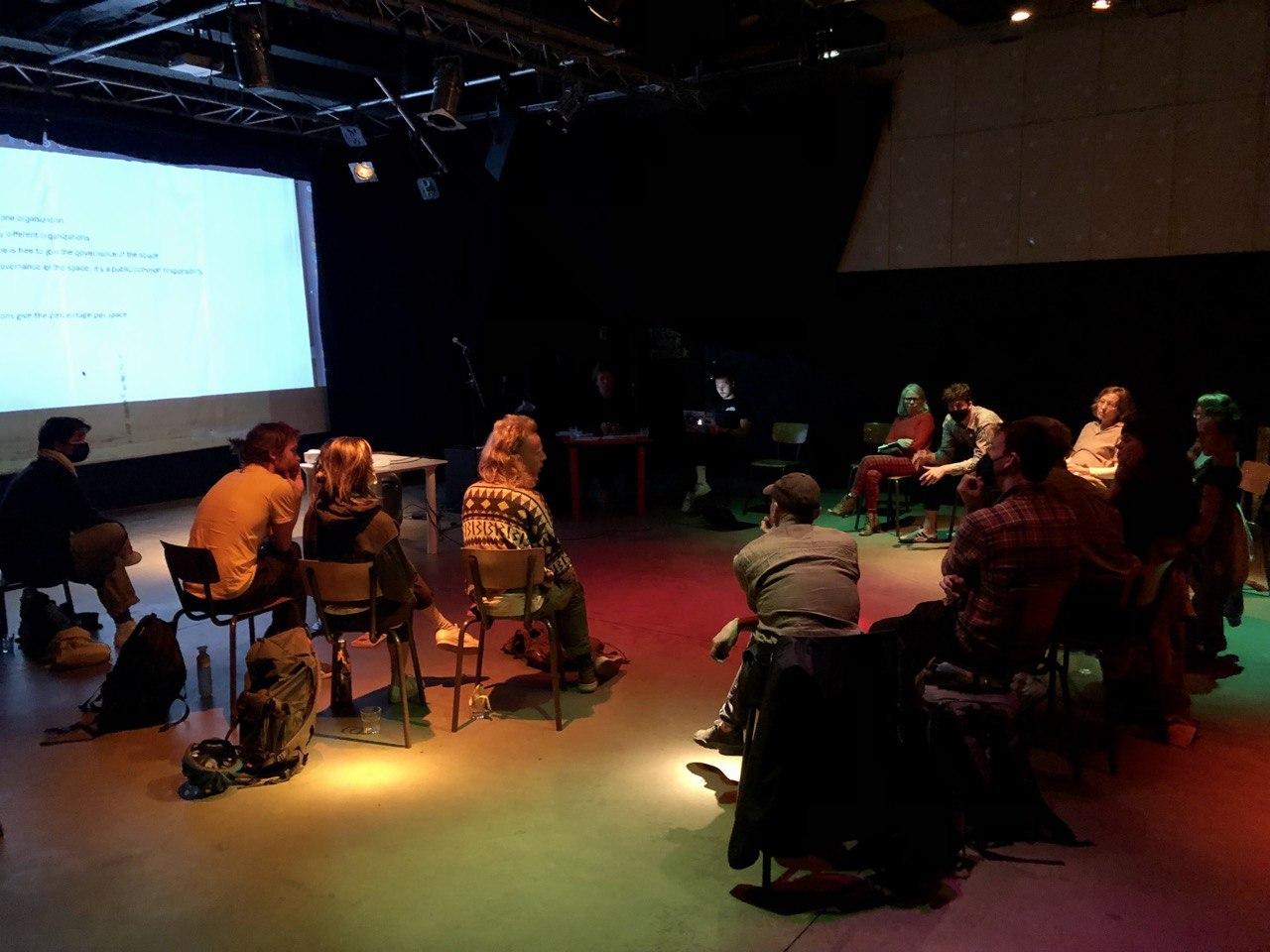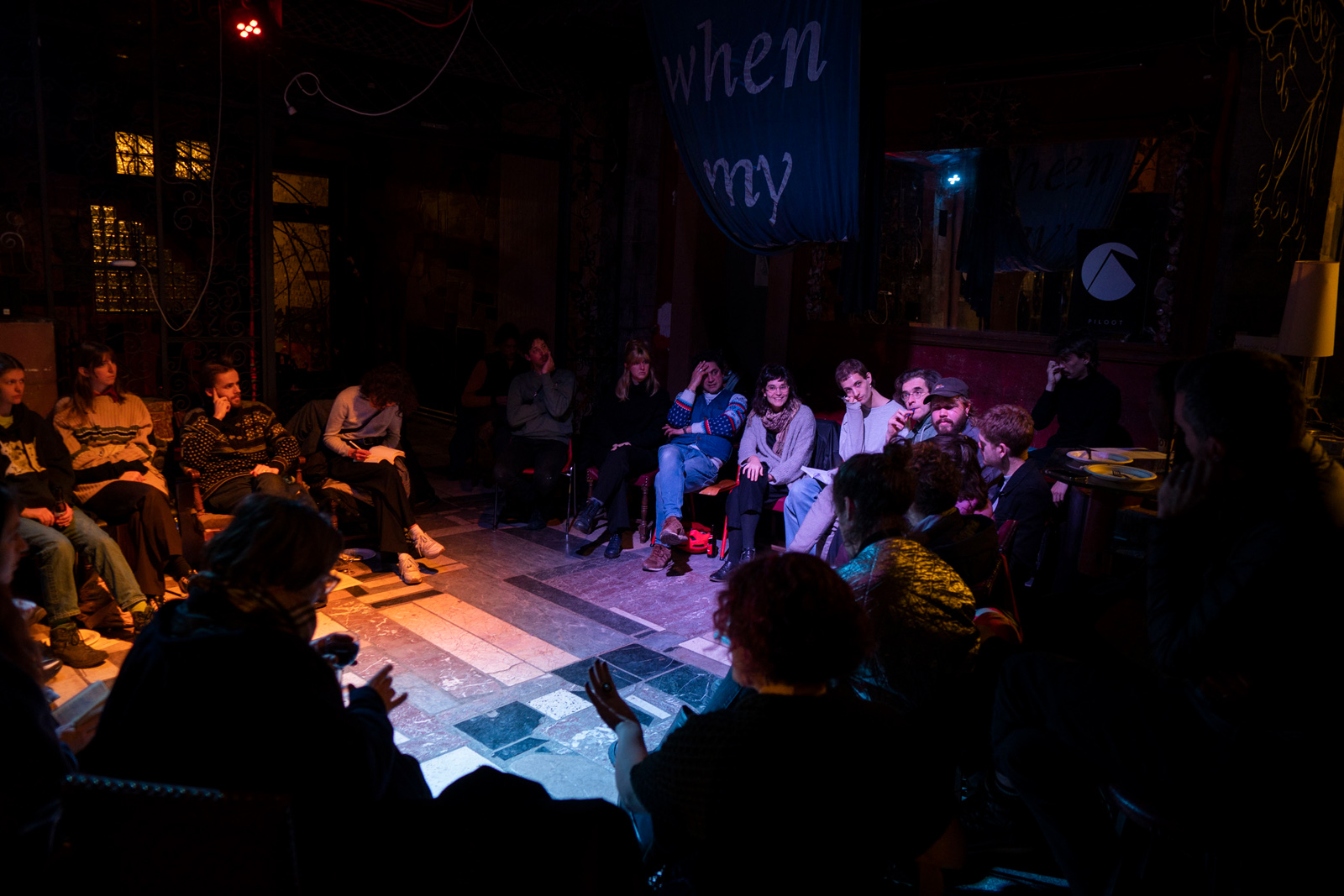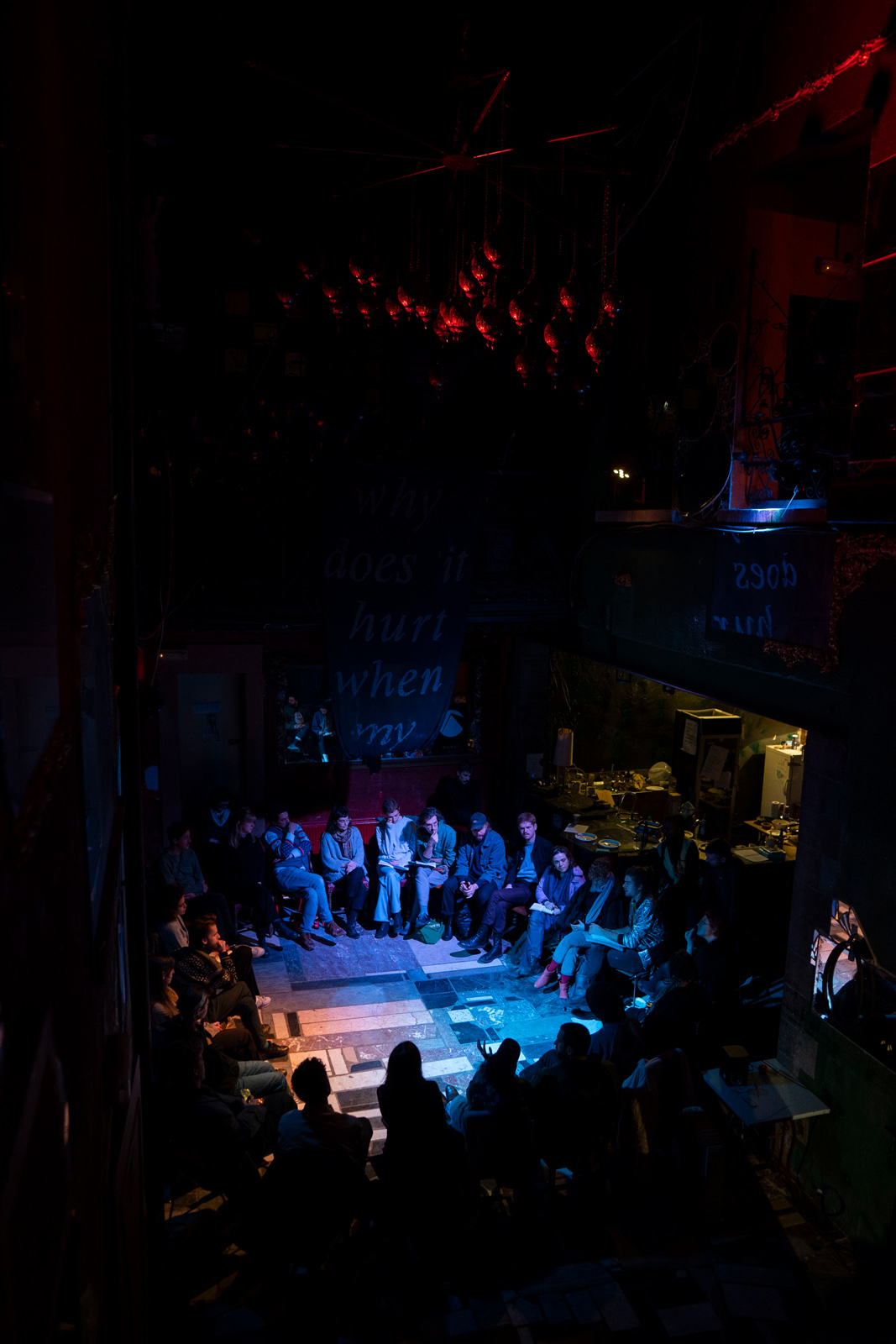Empowering Artist-run Spaces
Collective reflection trajectory in collaboration with other artist-run organisations and independent artists. How do collectives empower their members, audiences and others facing the same or similar problems?
In an era of neoliberalism, it is difficult for artists, as for many groups, to hold their own in the free market. Especially in the context of gentrification it can be expensive to find living and/or working space. It is attractive to try to find solutions collectively, even if it is a lot of work, because there are many advantages in return: being part of a network and the accompanying exchanges, for example, and sometimes, hopefully, affordable space. It can strengthen our artistic, economic, social, and/or political positions. Then, how do these collectives empower their members, audiences and others facing the same or similar problems?
Such empowerment does not have to be an answer to gentrification, or even related to it, in order to be important for quite many people. Still, the ways in which artist-run structures do so are not necessarily well known. Kunstenpunt, Timelab (Ghent) and Level Five (Brussels) have already conducted projects that map out workspaces and practices. Always with different objectives, methods and focus, but still with a certain degree of overlap. With them, we started a dialogue about a trajectory that would focus on specific needs of the different initiatives – asking for exchange, information, support, etc.
Jubilee organised the workshop Empowering Artist-run Spaces for SOTA (in the sessions for their Fair Arts Almanac) in July 2020, on behalf of the project Permanent, about artists’ initiatives and how they empower their members, audiences and others. Based on the reactions to our invitations and from the participants, but also from our own interest and motivation, we quickly realised that this activity needed a follow-up. Currently, Jubilee is organising small-scale public work sessions through the Brussels Artist-run Network where this theme is presented to artists (initiatives). First results will be processed and published in SOTA’s Fair Arts Almanac 2022.
We define ‘artist-run spaces’ quite broadly: these can be presentation spaces or shared studios, but also collectives without a specific space. We think that such structures can be considered ‘mini-societies.’ We are interested in ways in which quite numerous collectives of artists and art workers are inventing and using ways to make a difference for themselves and others, precisely despite the ever-growing focus on life quality for the privileged, and quantitative valorisation of people as data and capital. A growth that will make more and more artists and other less privileged people think about ways to work in a more helpful manner.


